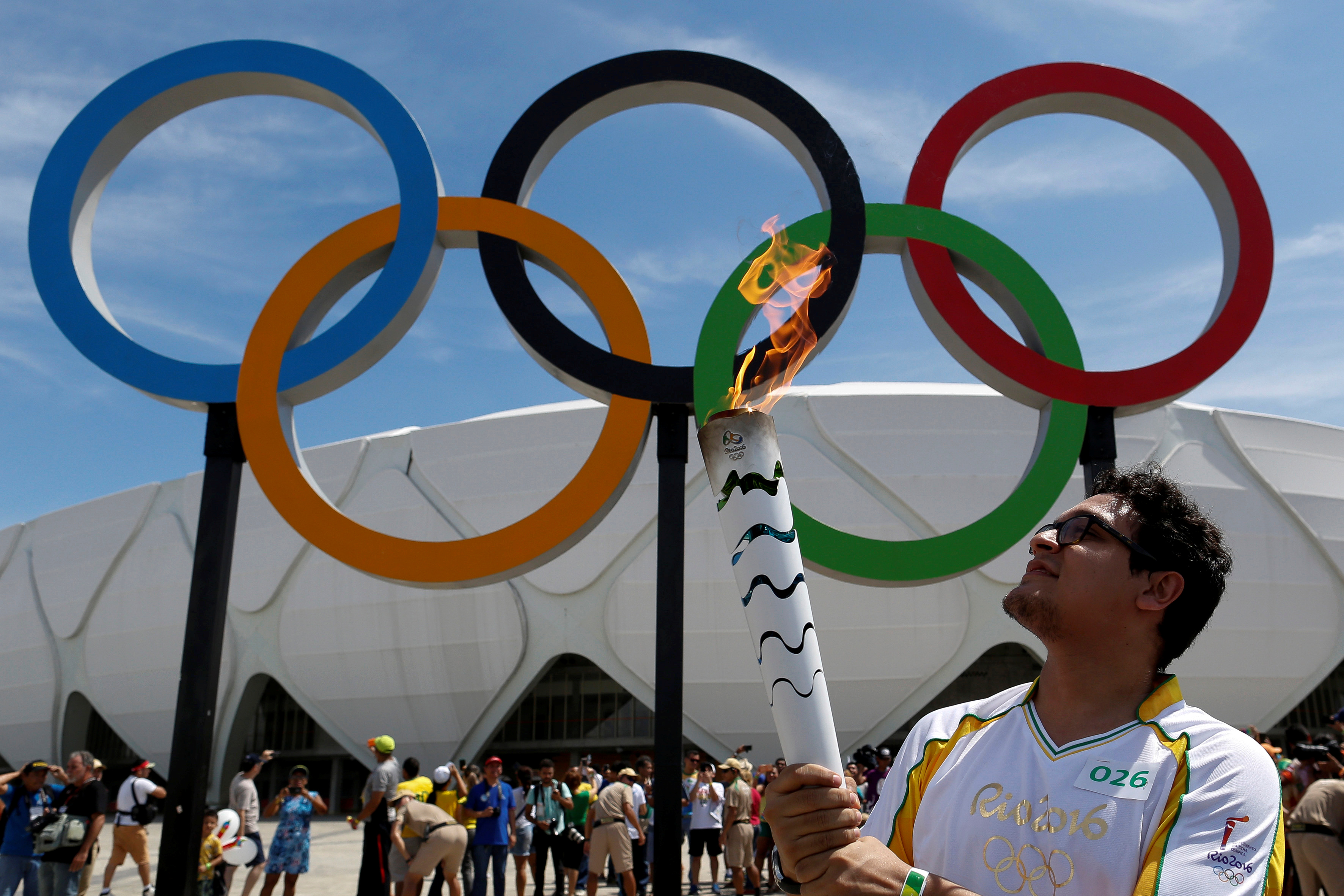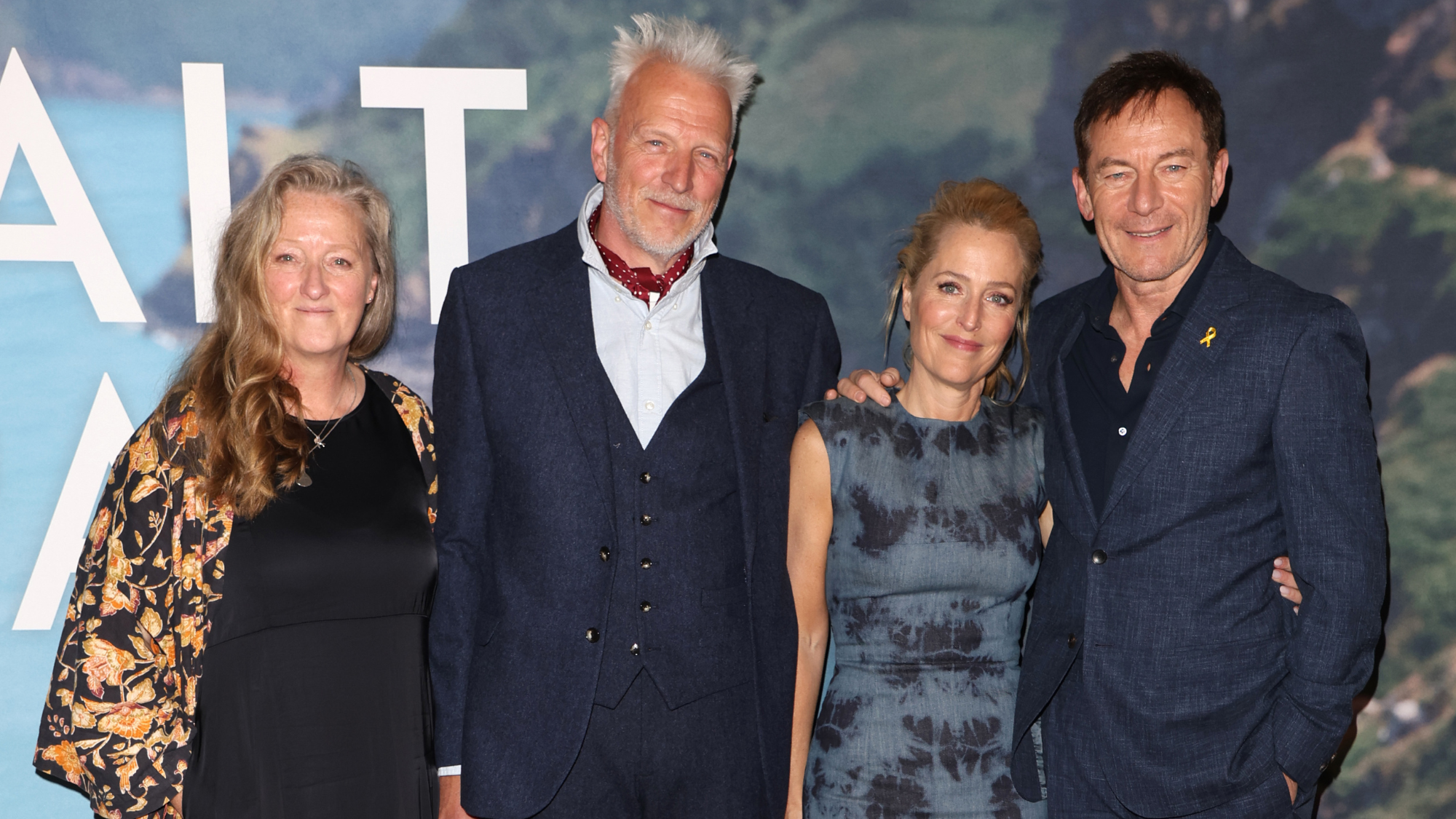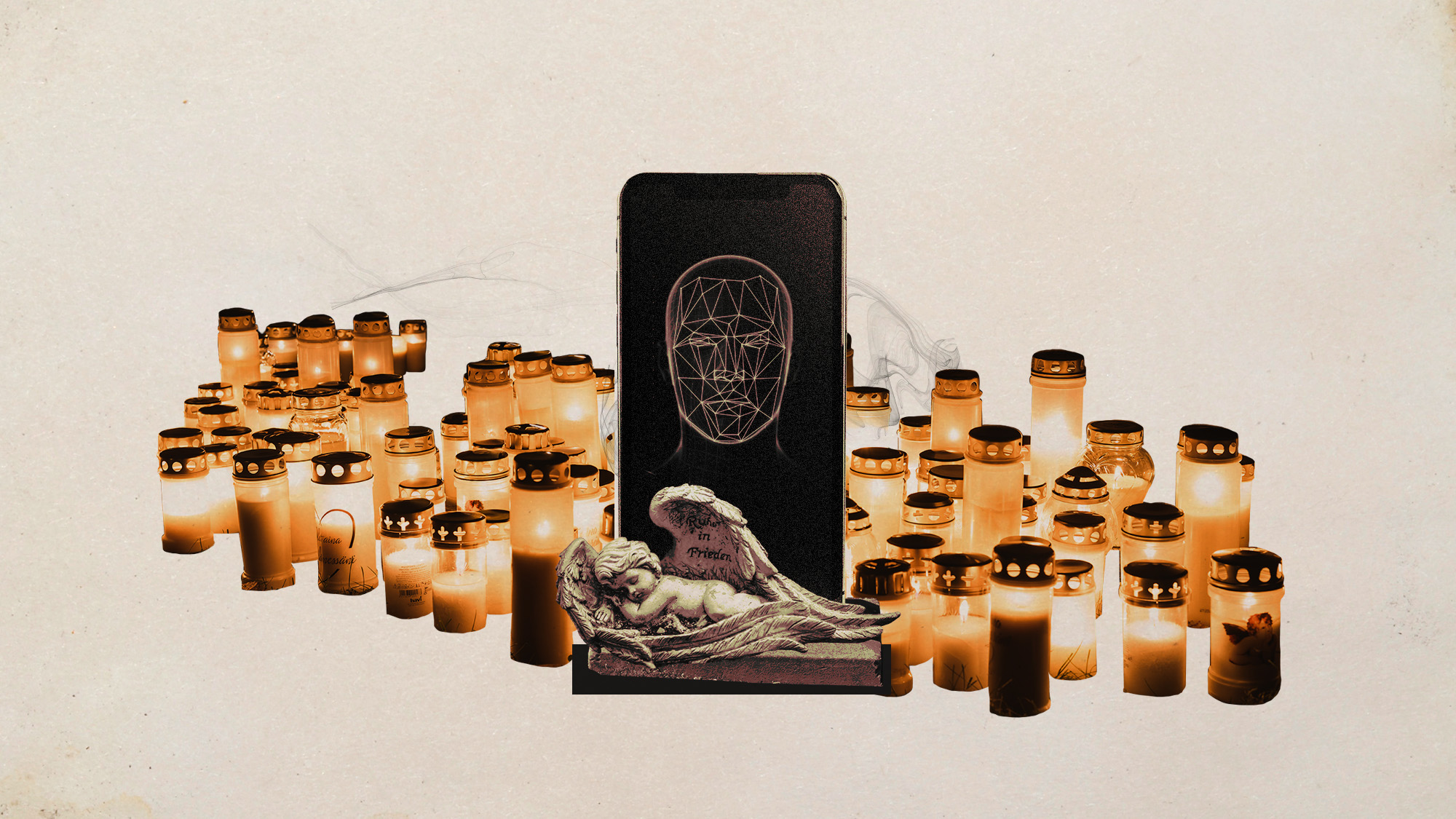The Rio Olympics opening ceremony: A viewer's guide
We know for sure there will be a flag, an oath, and anthem, and a flame

Friday night brings the spectacle that is the Olympics' opening ceremony, and if the past serves as any indicator, there's sure to be a memorable gaffe, greatest hit, or both. Remember the parachuting pair of James Bond and Queen Elizabeth II from London in 2012? Perhaps you'd rather not recall the plight of the doves in Seoul in 1988.
The artistic program typically showcases the host nation's traditions and heritage, but this year's pageantry remains mostly under wraps (though word has it supermodel Gisele Bundchen will be strutting into Maracaña Stadium to the tune of "The Girl from Ipanema"). Still, viewers can count on seeing a number of traditional elements, from the parade of nations to the raising of the Olympic flag. Read on for a guide to what's on tap and their historic origins. The show begins in Rio at 7 p.m., though NBC is delaying coverage by an hour.
The Olympic flame
The Week
Escape your echo chamber. Get the facts behind the news, plus analysis from multiple perspectives.

Sign up for The Week's Free Newsletters
From our morning news briefing to a weekly Good News Newsletter, get the best of The Week delivered directly to your inbox.
From our morning news briefing to a weekly Good News Newsletter, get the best of The Week delivered directly to your inbox.
Who's going to do the lighting? That's kept secret until the moment itself — though many say soccer legend Pelé is a good bet. For the Brazilians, his appearance would likely be on par with America's own experience in Atlanta in 1996; that's the year when boxer Muhammad Ali, by then suffering the effects of Parkinson's disease for a little more than a decade, unexpectedly appeared to do the honors. Of course, sometimes the method is as dramatic as the messenger: At Barcelona in 1992, a Paralympic archer sent a fiery arrow into the cauldron to light the flame. And though he didn't do the final lighting, a skier did a soaring jump — torch in hand — before handing it off to someone else as part of Lillehammer's opening ceremony in 1994.
The flame itself is a nod to the ancient Greek practice of keeping fires lit in front of their most important temples, including the sanctuary at Olympia, where the ancient Games took place (the first was staged in 776 B.C.). It was first employed at a modern Olympics in 1928 in Amsterdam, where a flame was lit atop a tower overlooking the Olympic Stadium. The accompanying torch relay didn't debut until the 1936 Games in Berlin, when the torch was symbolically lit in Olympia and then carried through Bulgaria, Yugoslavia, Hungary, Austria, and Czechoslovakia before arriving in the German host city. The added pomp was essentially propaganda by the Third Reich — they portrayed the relay as a tradition that stretched back to the original Games — born from a love of "flashy ceremonies and historical allusions to the old empires." Be that as it may, the event took hold as a ritual, and the relay still begins at Olympia before wending its way to the host city.
Parade of nations
Let there be blazers. Polo Ralph Lauren is outfitting Team USA for the fifth time, and this year's installment looks pretty jaunty between the jackets, patriotically striped tops, white denim jeans, and boat shoes. Such sartorial considerations have come to take center stage during the parade, which dates to the 1908 Olympics in London and features athletes and coaches from every participating nation. Other big designers and brands whose work will be on display include H&M (Sweden), Giorgio Armani (Italy), and Lacoste (France).
A free daily email with the biggest news stories of the day – and the best features from TheWeek.com
As the progenitors of the Games, Greece's Olympians will enter the stadium first, while Brazil's enter last. If you want to keep your eye out for a particular country, keep in mind that the rest of the marchers are ordered alphabetically — according to the native language of the host nation. Regardless, it'll be hard to miss the Americans. Ralph Lauren is decking out our flag bearer, swimmer and 22-time medal winner Michael Phelps, with a special version of the uniform: The blazer's back is wired with panels that spell out "USA" in lights. (Revisit Lauren's Beijing debut here, along with other of the U.S. team's interesting turns from years past.)
The Olympic flag
The design of the flag was created by the French aristocrat and educator Pierre de Frédy, Baron de Coubertin. Coubertin — who believed sport was essential to developing character, and sportsmanship to cultivating moral strength — founded the International Olympic Committee in 1894 with the goal of reviving the ancient Greek games. He first used the rings in a letter to a colleague written after the 1912 Stockholm Games, and they were used as the emblem for the Olympics' 20-year anniversary in 1914 before becoming the official Olympic symbol.
The interlocking rings, Coubertin explained, represented the meeting of athletes from around the world and the union of five continents (Coubertin's "continents" included Africa, the Americas, Asia, Europe, and Oceania). The colors — including the white of the background — were chosen so that every participating nation had at least one color from its flag represented.
The Olympic oath
Happily, the modern oath is taken by an athlete holding the Olympic flag rather than the ancient method of swearing over the entrails of a sacrificial animal. Originally written by Coubertin, the language has been tweaked over the years; the latest iteration was used for the first time at the 2000 Sydney Games: "In the name of all the competitors I promise that we shall take part in these Olympic Games, respecting and abiding by the rules which govern them, committing ourselves to a sport without doping and without drugs, in the true spirit of sportsmanship, for the glory of sport and the honor of our teams."
The Olympic anthem
No, we're not talking about "Bugler's Dream" (coupled here, as it often is, with John Williams' 1984 L.A. Olympics theme). While we've come to associate the 1958 composition by Leo Arnaud with the Olympics thanks to decades of use by television networks — ABC Sports first used it during telecasts in 1968 — it's not the official anthem.
The anthem, rather, plays as the Olympic flag is raised and lowered during the opening and closing ceremonies. Set to "Ancient Immortal Spirit," an 1893 poem by Kostis Palamas, the music was written in 1896 by the Greek composer Spyridon Samaras and used for the Athens Games later that year. Other arrangements went on to be played at other opening ceremonies, but the Samaras work became the official anthem as of the 1960 Games.
Its opening lines are: "O Ancient immortal Spirit, pure father of beauty, of greatness and of truth, / Descent, reveal yourself and flash like lightning here, within the glory of your own earth and sky. / At running and at wrestling and at throwing, shine in the momentum of noble contests, / And crown with the unfading branch and make the body worthy and iron-like."
Feel the momentousness, and let the Games begin.
Alexis Boncy is special projects editor for The Week and TheWeek.com. Previously she was the managing editor for the alumni magazine Columbia College Today. She has an M.F.A. from Columbia University's School of the Arts and a B.A. from the University of Virginia.
-
 The Salt Path Scandal: an ‘excellent’ documentary
The Salt Path Scandal: an ‘excellent’ documentaryThe Week Recommends Sky film dives back into the literary controversy and reveals a ‘wealth of new details’
-
 AI griefbots create a computerized afterlife
AI griefbots create a computerized afterlifeUnder the Radar Some say the machines help people mourn; others are skeptical
-
 Sudoku hard: December 17, 2025
Sudoku hard: December 17, 2025The daily hard sudoku puzzle from The Week